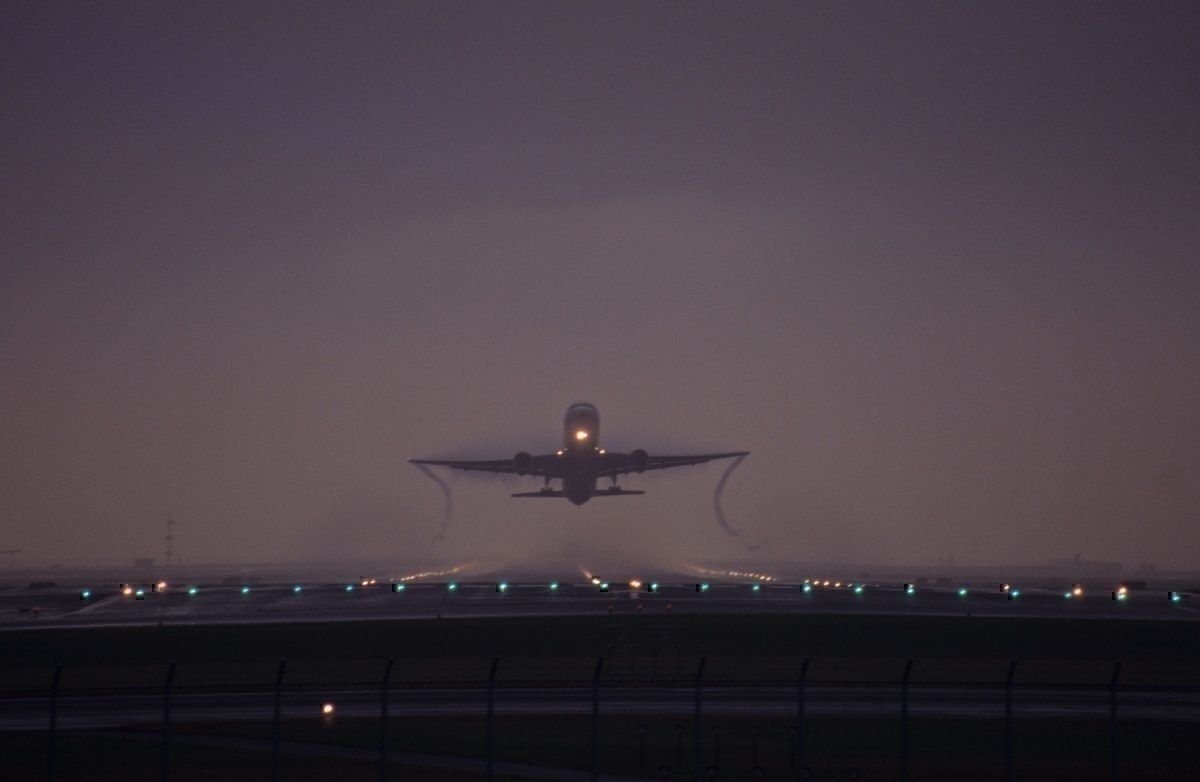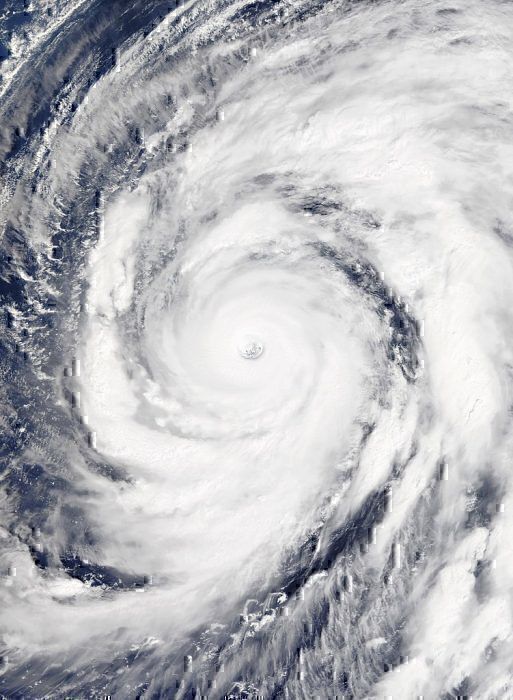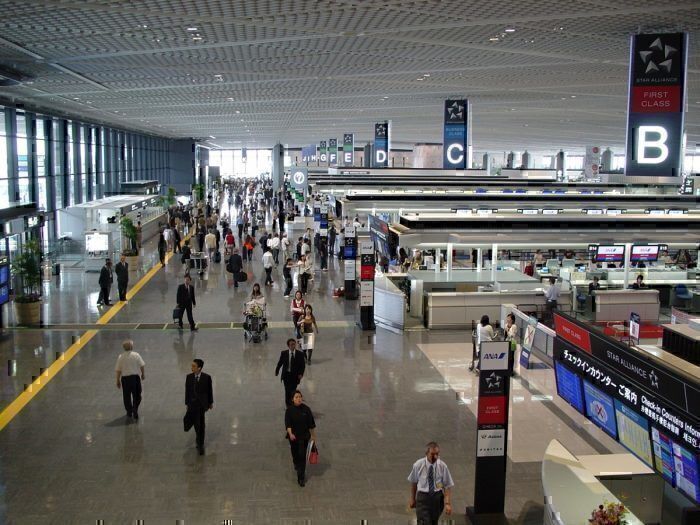Preparations for Japanese aviation
According to CNN, flights departing and arriving from both Tokyo Haneda and Tokyo Narita on October 12 have been canceled. As two of the country's busiest airports, this affects at least 1,187 flights and nearly 190,000 passengers."Violent Typhoon Hagbis is expected to approach Japan with an extremely violent winds and heavy rain. Depending on the course of Typhoon Hagbis, flights to/from the following airports may be affected during October 12 to 13. On October 12, flights to/from Tokyo Haneda and Tokyo Narita Airports have been canceled and [severely] delayed, except for a part of midnight and early morning flights...All International Flights to/from Nagoya Chubu and Osaka Kansai Airports [have] been canceled on October 12."
"We will not charge any handling fees for the changes or refunds resulting from the anticipated effects on operations caused by bad weather (typhoon, etc) or natural disasters."
The second storm in a month
Hagibis is the 19th typhoon this year according to the Straits Times. Just last month, another storm was affecting Japanese flights: Typhoon Faxai. The Straits Times also reports that Faxai had an immense impact on the Chiba prefecture of Japan, reporting that it"damaged 34,275 buildings and caused 41.2 billion yen (US$386 million) in damage to its agricultural industry".
Furthermore, Typhoon Faxai also cut power to as many as 930,000 homes at its peak. As of last week, 72 homes were still without power. According to the Navy Times, the typhoon tore many electrical poles and snapped cables. This contributed to heat illnesses and other health problems among elderly people. Sadly, Faxai is officially the cause of three deaths.
Unfortunately for the residents of Japan, Typhoon Hagibis is reportedly three times bigger in terms of magnitude than Faxai. This is according to Metro News.
Conclusion
The typical typhoon season in Japan takes place between July and October with a peak in August and September. Hopefully, once this storm passes it will be the last of the season, although it is impossible to tell if that will be the case.
Travelers should continue to check airline websites regularly for the latest information. Simple Flying will also continue to monitor the situation and share any aviation news connected to this storm.
Will your flight or trip have changes due to Typhoon Hagibis? Let us know in the comments below!



